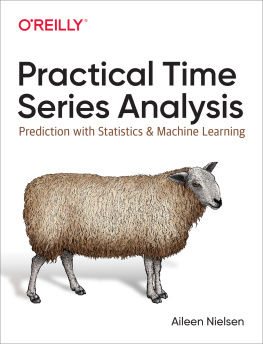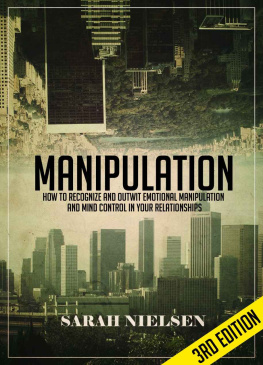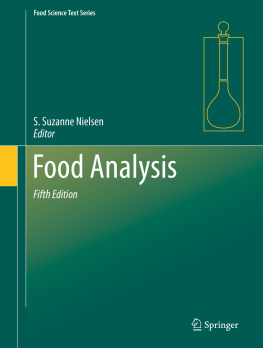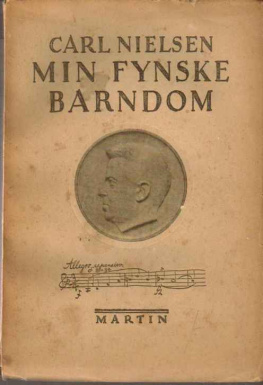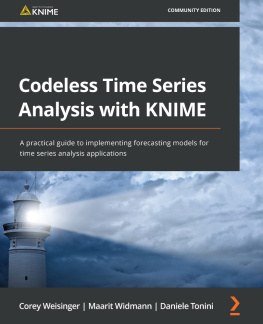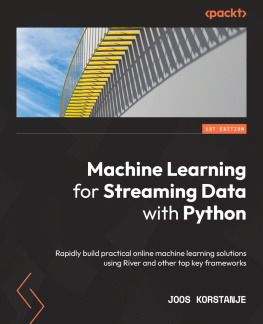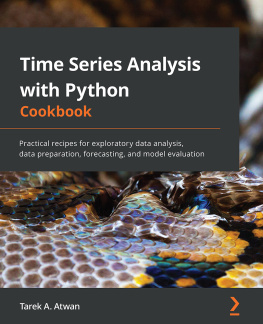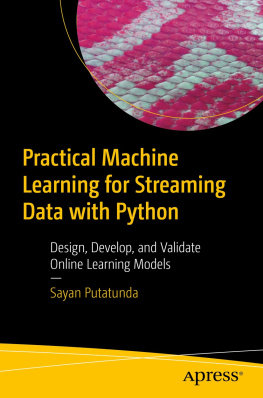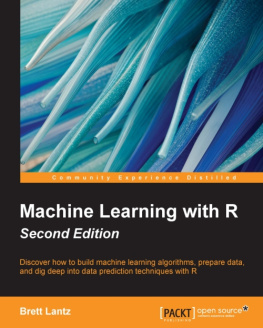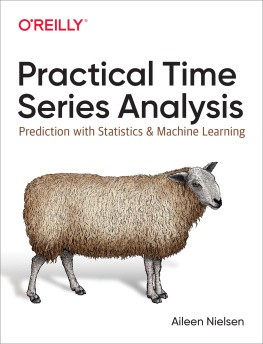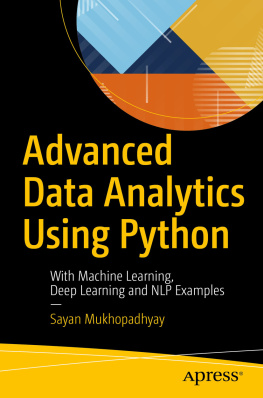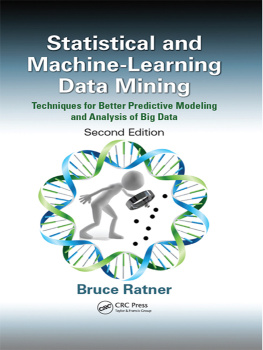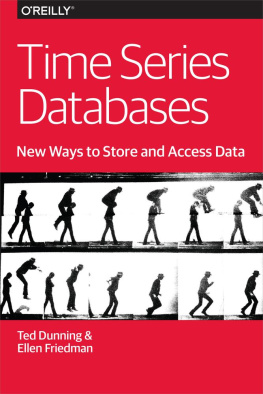Nielsen - Practical time series analysis: prediction with statistics and machine learning
Here you can read online Nielsen - Practical time series analysis: prediction with statistics and machine learning full text of the book (entire story) in english for free. Download pdf and epub, get meaning, cover and reviews about this ebook. City: Beijing OReilly, year: 2019;2020, publisher: OReilly Media, genre: Home and family. Description of the work, (preface) as well as reviews are available. Best literature library LitArk.com created for fans of good reading and offers a wide selection of genres:
Romance novel
Science fiction
Adventure
Detective
Science
History
Home and family
Prose
Art
Politics
Computer
Non-fiction
Religion
Business
Children
Humor
Choose a favorite category and find really read worthwhile books. Enjoy immersion in the world of imagination, feel the emotions of the characters or learn something new for yourself, make an fascinating discovery.
- Book:Practical time series analysis: prediction with statistics and machine learning
- Author:
- Publisher:OReilly Media
- Genre:
- Year:2019;2020
- City:Beijing OReilly
- Rating:4 / 5
- Favourites:Add to favourites
- Your mark:
Practical time series analysis: prediction with statistics and machine learning: summary, description and annotation
We offer to read an annotation, description, summary or preface (depends on what the author of the book "Practical time series analysis: prediction with statistics and machine learning" wrote himself). If you haven't found the necessary information about the book — write in the comments, we will try to find it.
Covering innovations in time series data analysis and use cases from the real world, this practical guide will help you solve the most common data engineering and analysis challengesin time series, using both traditional statistical and modern machine learning techniques. Author Aileen Nielsen offers an accessible, well-rounded introduction to time series in both R and Python that will have data scientists, software engineers, and researchers up and running quickly.
Youll get the guidance you need to confidently:
Find and wrangle time series data
Undertake exploratory time series data analysis
Store temporal data
Simulate time series data
Generate and select features for a time series
Measure error
Forecast and classify time series with machine or deep learning
Evaluate accuracy and performance
Nielsen: author's other books
Who wrote Practical time series analysis: prediction with statistics and machine learning? Find out the surname, the name of the author of the book and a list of all author's works by series.

